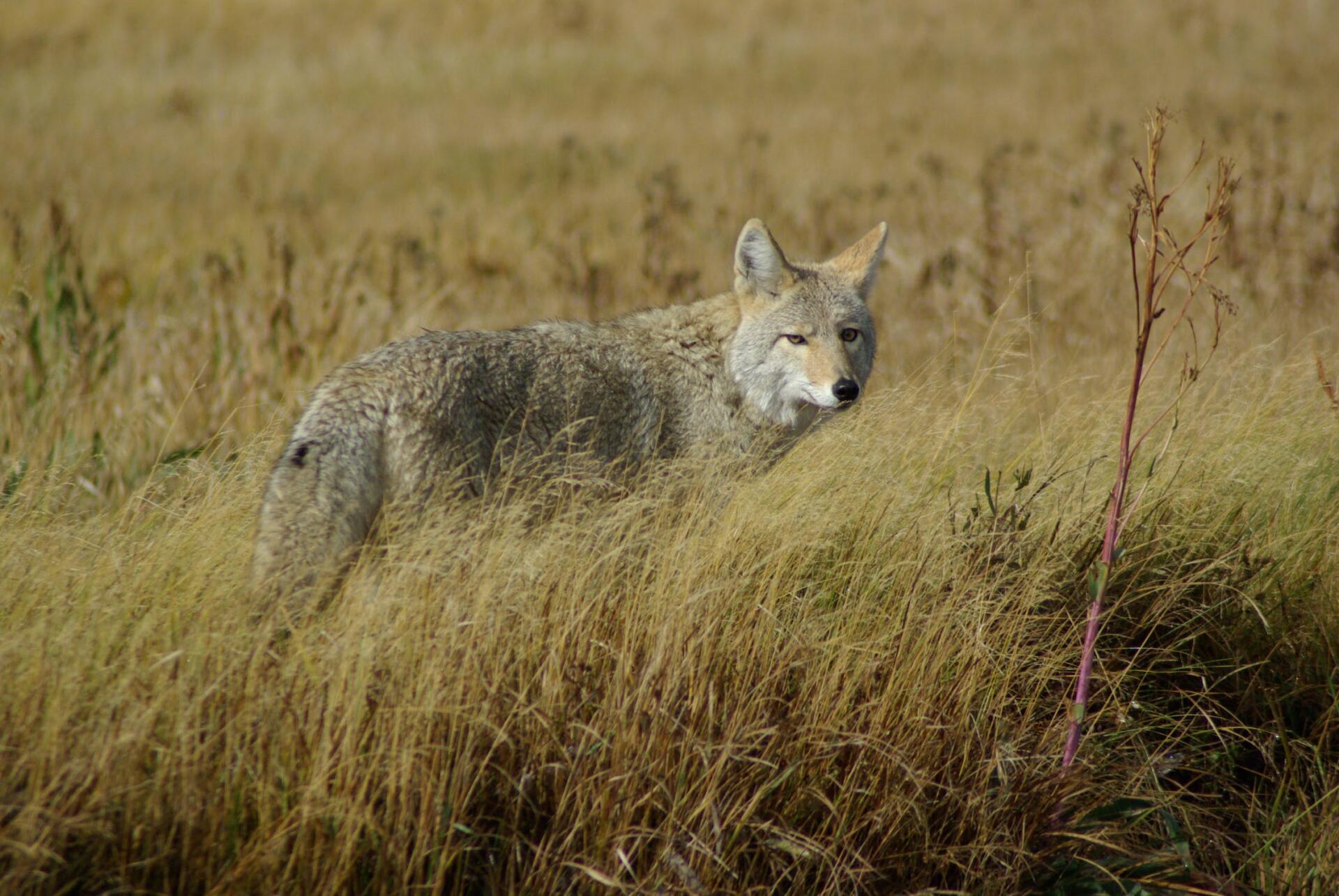Embark on a camping escapade and unlock the rewards of a profound connection with nature, liberating yourself from the chaos and commotion of everyday life. However, venturing into the untamed wilderness comes with its own perils, particularly when it involves encounters with perilous creatures like bears and coyotes. To ensure the safety and enjoyment of your camping expedition, it is imperative to equip yourself with the necessary knowledge and preparations to evade these potentially treacherous beings. In this blog post, we will furnish you with indispensable tips to ensure your safety during your thrilling camping endeavours.
Research Your Camping Location
Before commencing your camping voyage, dedicate some time to thoroughly investigate the region you intend to visit. Familiarize yourself with the local fauna and any specific precautions you need to observe. National parks, state parks, and other recreational areas often provide comprehensive information about the wildlife in the vicinity and guidelines on how to navigate encounters without jeopardizing your well-being.
Safeguard Your Food
Improper food storage is a notorious catalyst for wildlife encounters in campgrounds. Bears and coyotes are enticed by the tantalizing aromas of food, thus it is crucial to confine it meticulously. Employ bear-resistant containers or suspend bear bags from a lofty tree branch, far away from your sleeping quarters. Never leave food inside your tent, as it may lure animals and invite them to venture inside in search of a substantial feast.
Cook Away from Your Tent
When preparing your meals, establish a designated cooking area that is distanced from your camping tent. This measure ensures that food odors do not linger near your sleeping quarters and minimizes the likelihood of a curious animal wandering into your vicinity.
Dispose of Trash Adequately
Exhibit responsibility in handling your trash. Refrain from leaving any remnants or food wrappers scattered around your campsite. Collect all waste and store it securely in bear-proof containers or bags. When vacating your campsite, ensure that you carry all trash with you and dispose of it appropriately in designated receptacles.
Make a Ruckus while Hiking
When traversing treacherous terrains inhabited by bears or coyotes, make some noise to alert the wildlife of your presence. Clap your hands, speak in a booming voice, or carry a bell to make your existence known. This precautionary measure helps avert the element of surprise when encountering animals at close proximity, thus reducing the likelihood of an unwelcome interaction.

Maintain Control over Pets
If you have the company of pets on your camping expedition, it is essential to keep them on a leash and under your strict control at all times. Unrestrained dogs have the potential to provoke wildlife, potentially leading to perilous confrontations. Additionally, the scent of pets can allure inquisitive creatures to your campsite.
Avoid Camping in the Vicinity of Animal Trails or Food Sources
When selecting a campsite, steer clear of areas in close proximity to animal trails or conspicuous food sources such as berry patches or fishing spots. Establishing your camp in these locations heightens the likelihood of an encounter with wildlife.
Never Approach or Feed Wildlife
As alluring as it may be to draw nearer to wildlife and marvel at their magnificence, it is crucial to bear in mind that these are untamed creatures and should be treated as such. Never attempt to approach or feed them, even if they appear docile or acclimated to human presence.
Resort to Bear Spray as a Last Resort
In the eventuality of a close encounter with an aggressive bear or coyote, endeavor to retreat slowly while maintaining eye contact with the animal. Should it persist in its approach, utilize bear spray as a final resort to deter the creature. Bear spray is a potent deterrent that aids in maintaining a safe distance from perilous wildlife.
By adhering to these indispensable tips, you can effectively mitigate the risks associated with encounters with hazardous wildlife during your camping ventures. Remember, prevention is the key to preserving your safety in the great outdoors. Remember that this post is not a proper safety manual, and we advise you check the official Parks Canada website for thorough information. Stay informed, be prepared, and hold the utmost respect for the natural habitat of the creatures you may come across. With the right knowledge and precautions, you can relish in an unforgettable and secure camping experience, enveloped in the splendor of nature. Happy camping!


